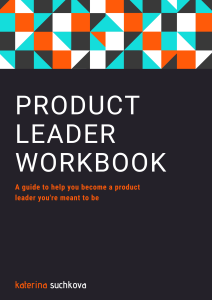Forming a cornerstone of product management, the ability to understand what to build next (and what not to!), explain and justify your choices, and make better-informed decisions set apart a good product manager from a great one. However, it is easier said than done. At the end of the day, how do we know if a decision is right or not? And this is where, in my opinion, we can start shifting our mindset.
In reality, there is no “right” or “wrong” choices. Given certain circumstances, every decision we make in our lives can be considered the right choice at some point of time. The problem is we don’t live in a static, isolated, ideal world: events change, more data comes up, the environment shifts. What seemed “right” yesterday does not appear to be such today. Hence, I approach the decisions from the perspective of “good”, “better informed”, “little informed”. Nothing is black or white, so why do our choices need to be labeled as “right” or “wrong”?
That’s why when making product decisions and prioritizing, I like to refer to the evidence-based decision-making frameworks that enable us, product managers, to fall back on something foundational and concrete when everything is value and falling apart.
I’d like to share the slide deck I put together for the Product School webinar that I lead early in the summer during which I dived into some of the most common (and very useful) decision-making frameworks. The deck covers several methodologies (two-dimensional, three-dimensional and multi-dimensional) that can be used as-is if your situation calls for it, or, with some significant adaptations. In my experience, it is quite rare when a framework can be applied 100% to the situation. My recommendation is to use these frameworks as guidance (because none of them are going to be your panacea) to create something similar but more relevant, meaningful and impactful for your product team.
If you would like to re-use the deck or include it in your materials online or offline – please reach out to me first before sharing it. I can even help you tailor it to your own use case – just let me know ahead, please!



